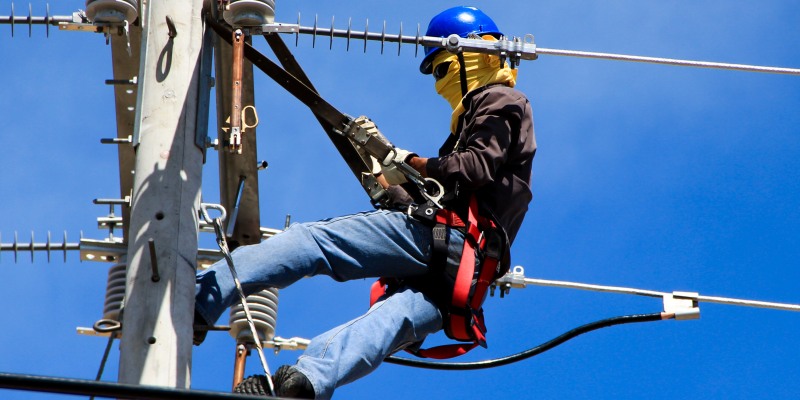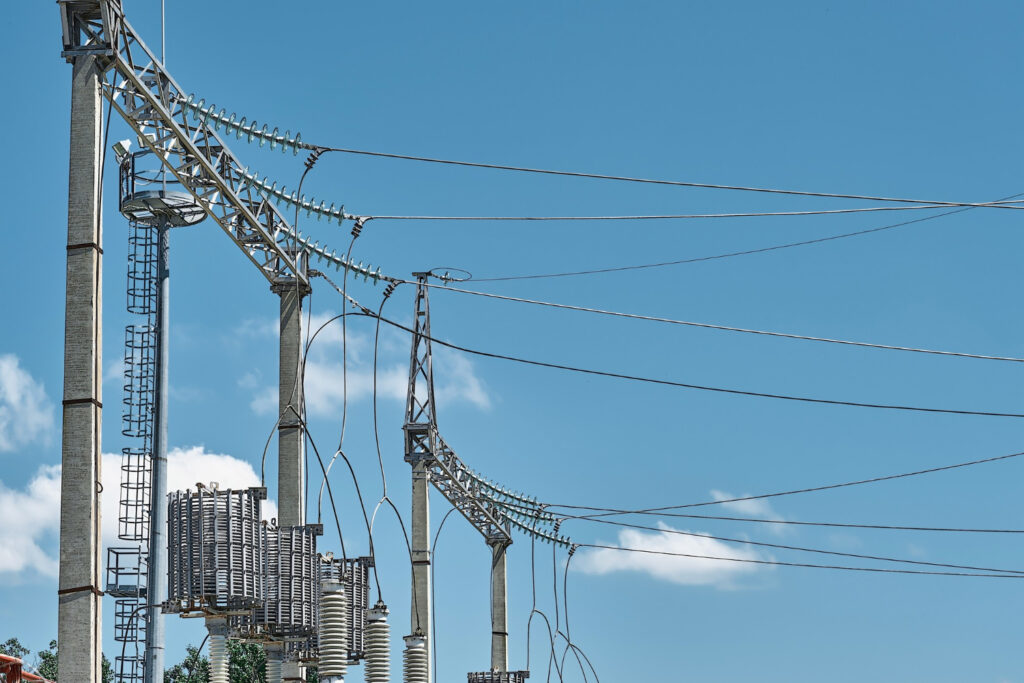6 Environmental Hazards in the Workplace & How To Improve
Them
The nature of certain industries can make them particularly dangerous for workers. Most workplaces (especially in the utilities sector) present certain environmental hazards. These can make employees vulnerable to risk and injury if left unaddressed. Common industries where this happens include construction, utility work, manufacturing, warehousing, and transportation.
It is imperative that employers identify these risks and create a safe working environment for their staff. Not only is this a legal obligation, but it can make work more efficient and financially viable. Understanding the main environmental hazards in the workplace is the first step. Then, you can put the necessary measures in place to mitigate risk and enjoy a safer and more effective workplace.
6 Most Common Environmental Hazards In The Workplace
There are several different types of environmental hazards in the workplace. These differ depending on what industry you’re in. Staying up to date with environmental hazards present in your industry is essential for improving worker safety. So, here are some of the most common types of hazards to look out for.
Ergonomic Hazards
Ergonomic hazards are a common problem for manual laborers. These kinds of hazards can result in a range of disabling injuries that can affect the joints and muscles. According to OSHA, ergonomic hazards are the most common health and safety danger to manual workers.
Bad ergonomic accidents can cause major injuries and accidents. Sometimes, they can even disable workers or put them into a position where they cannot work anymore.
Examples of ergonomic hazards include:
- Very heavy loads
- Standing in unsafe positions when working
- Placing tools and materials in difficult places
To prevent or improve this environmental hazard, clear labeling of heavy loads and dangerous areas is important. Employers should follow all OSHA safety standards around ergonomic hazards.
Making sure to clearly organize and label everything in the workplace is an effective way of dealing with this issue. Not only can this help in terms of safety, but it will also create a more efficient work operation.
Chemical Hazards
There are a number of occupations that involve exposure to harmful chemicals. Working with chemicals can be incredibly dangerous. So, it’s vital that workers follow the appropriate safety measures.
Harmful substances can include corrosives, fumes, vapors, liquids, and even dust. These are common in a variety of different industries.
Exposure to harmful chemicals without the appropriate protection can cause carcinogenicity, sensitization, and irritations. In certain cases, absorbing chemicals through direct exposure could be fatal.
Thus, employers need to make sure that their workplace is set up with proper safety standards and protocols. The aim should be to minimize the employee’s exposure to these substances as much as possible. Ideally, there shouldn’t even be the possibility for workers to inhale or ingest harmful chemicals.
The first step towards a safe workplace is education. Make sure that all employees understand the risks involved when handling the chemicals. This should include teaching employees all necessary safety procedures around handling chemicals. They also need to know what to do to protect themselves from exposure. Besides this, employees need to understand the nature of the chemicals that they may need to handle.
Following OSHA safety standards should include having safety data sheets on the chemicals readily available. Using a mobile application like Field1st can be very useful for this. It can help workers to quickly bring up the relevant information they need to know in specific situations so that they can proceed safely.
Biological Hazards
One of the main environmental hazards in the workplace for people that deal with other people, animals, or contagious conditions is biological. Biological hazards can include exposure to:
- Mold
- Viruses
- Certain fungi
- Contaminated dust, water, blood, and others.
These can be common risks for various utility workers, as well as construction and demolition professionals.
Biological hazards follow similar safety procedures as chemical hazards. Make sure that all employees know the risks of exposure to certain things. They will also need to have a good understanding of all necessary safety procedures.
When working in a situation where biological hazards are present, wearing the correct personal protective equipment (PPE) is essential. This can include things like face masks, goggles, or even full bodysuits.
Physical Hazards
Physical risk in the workplace is a widespread issue. These kinds of environmental hazards are present across various industries. Basically, this kind of risk is when there are natural substances or certain conditions in the workplace that pose a health threat.
Some examples of physical hazards could include things like:
- the air quality in a factory
- a presence of radiation
- extreme temperatures
- excessive noise
These hazards are not necessarily visible, but they can cause serious damage when exposed to them. Exposure could result in hearing loss, diseases, and respiratory problems among other things.
To deal with physical hazards, workers need to have the correct PPE, training, and education. The work environment also needs to be set up and optimized to deal with these issues. This can include installing things like air filters or soundproofing in certain areas.
Electrical Hazards
Electrical hazards remain a major issue for construction and utility workers. Electric shocks cause a huge number of injuries and accidents.
These hazards can occur when:
- workers come into contact with hidden power cables (underground or overhead)
- work at heights close to power lines
- show negligence towards electrical safety
When working in an environment that poses a potential electrical risk, it’s necessary to take several precautions. Workers need to use the correct tools for their tasks and have a good understanding of grounding and live currents. They also need to have the proper PPE, as well as go through all necessary standard safety and emergency operations.
Unfortunately, there are many cases of workers being electrocuted each year – usually by overhead power lines. Most of these incidents could be prevented if workers were properly informed and trained in the correct procedures.
Electrical hazards are not only dangerous in their own right, but they can often lead to further injuries. A common example of this would be workers falling from a height due to electrocution.
Outdoor Hazards
People that work outdoors see exposure to all kinds of environmental hazards. Sure, we can’t control the weather, but you can always take all the necessary safety procedures to minimize the risk.
Outdoor hazards can include things like extreme temperatures, powerful winds, rain, snow, or ice. This can lead to issues like heatstroke, slipping, falling, or suffering from prolonged exposure to the cold.
To prevent this, workers need to dress appropriately for the job while still maintaining correct protective gear. For example, when working at a height, it’s always a good idea to use safety harnesses and cables.
It’s also important to mark all surfaces that could get slippery or iced over. This will help workers to know where they need to be more careful and thereby avoid any accidents.
The Bottom Line
Environmental hazards in the workplace can take all kinds of different forms. There are different risks in different industries – some of which can lead to dangerous accidents or fatalities. Therefore, it’s crucial to take safety protocols seriously (both in the workplace and in the field).
Employers always need to maintain a high level of safety standards and preventative measures. Thereby, they can reduce the possibility of harm to their workers. Following OSHA standard procedures and protocol is a great starting point. But, it doesn’t hurt to keep up to date with new safety measures and solutions!





